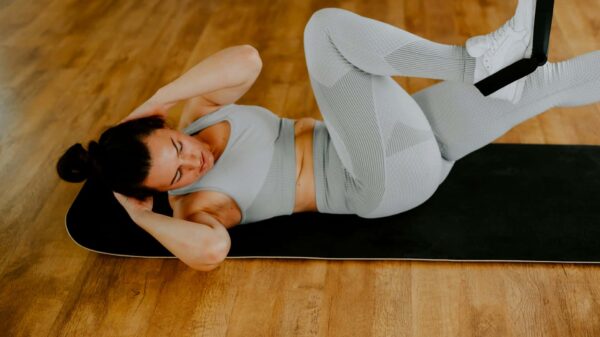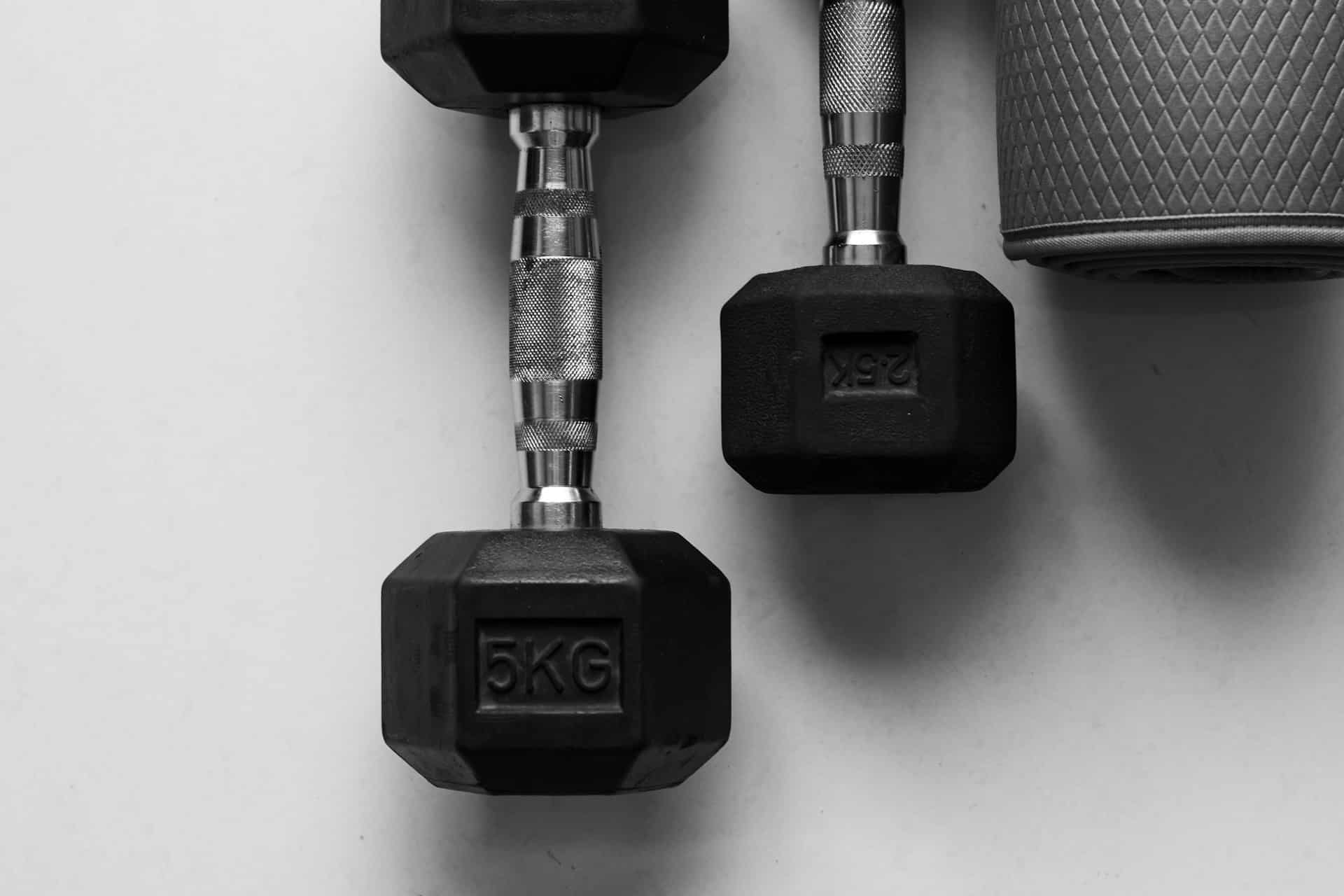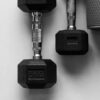Imagine this: you walk into the gym’s weight room, immediately swept up by the vibrant atmosphere and the sounds of clanking weights. Nearby, a man is doing squats with dumbbells, a fitness influencer showcases her kettlebell techniques for her followers, and at the far end, a powerlifter is lifting an impressive barbell. Which one should you choose for your workout?
Dumbbells, kettlebells, and barbells are all excellent tools for building strength, each with their distinct benefits. However, this variety can make choosing the right one daunting. To clarify your options, we consulted leading strength coaches and trainers who outlined the strengths and weaknesses of each type of equipment.
Whether you’re at the start of your strength-training journey or a veteran seeking to break personal records, here’s a comprehensive guide to selecting between dumbbells, kettlebells, and barbells for your next session.
**Dumbbells: Your Trusty Companion**
Dumbbells are probably the first free weights you ever handled, and for good reason. They’re widely available, even in basic hotel gyms, thanks to their simple design. With weight evenly distributed on both sides, they’re especially user-friendly for those still familiarizing themselves with weightlifting. “Dumbbells are fantastic for beginners because you don’t have to focus too much on balance,” comments Kristie Larson, a certified strength and conditioning specialist and founder of Cozy Athletics.
These weights boast remarkable versatility. They can be used for nearly any exercise, from compound movements like squat presses to isolation moves, such as bicep curls. Larson points out, “They’re ideal for targeting specific muscles without overloading your body.”
However, as you advance and start lifting heavier weights, you might face some difficulties. “Heavier dumbbells can become cumbersome,” cautions Roxie Jones, a certified fitness and nutrition coach and owner of BodyRox. “When lifting heavy, it’s easy to become imbalanced.” For many, transitioning to other equipment usually happens around the 30-pound threshold for dumbbells.
**Kettlebells: Distinctive Design, Distinctive Advantages**
Kettlebells provide a different experience altogether. Their unique shape—with weight concentrated at the bottom and a sturdy handle—introduces a dynamic challenge. “Kettlebells require more stabilization during movement,” Larson notes, making them ideal for those looking to improve their balance and control. They are especially helpful for mobility exercises, like halos, which can activate your rotator cuff and enhance your connection with the muscles before heavier lifts.
Jones points out that kettlebells excel at power training activities like swings. Their design allows you to use momentum effectively, making it easier to emphasize explosive strength. “You learn to manage the speed of the bell, both when accelerating and decelerating, which can be very advantageous,” Larson adds.
Keep in mind that kettlebells have a steeper learning curve compared to dumbbells. Poor form can result in injuries, such as the common tendency for novices to bend their wrists during lifts. Therefore, if you’re new to kettlebells, it’s best to start slowly and concentrate on perfecting your technique. Variations in kettlebell design—from rubber-coated to cast iron—may also affect your experience, as each type offers a different feel.
**Barbells: Serious Strength Development**
When you’re ready to lift heavy, barbells are the optimal choice. “You can load a barbell with significantly larger weights compared to kettlebells or dumbbells,” Larson explains. With the capacity to add weight plates, you can progress to lifting hundreds of pounds (once you’ve developed the necessary strength). Additionally, barbells allow for safely loading weights on a rack for exercises like squats and bench presses, freeing you to focus your energy on those lifts without the inconvenience of lifting them from the ground.
If you’re aiming for efficient strength gains, barbells take the lead. A meta-analysis in *Medicine & Science in Sports & Exercise* suggests that handling heavier loads is crucial for muscle building. Barbells also support the concept of progressive overload—rather than hunting for heavier dumbbells or kettlebells at each session, you can simply add more weight plates to your barbell.
However, barbells do present their own challenges. Larson recommends starting with dumbbells and kettlebells to develop foundational strength before making the switch to barbells. Jones emphasizes the importance of assessing your readiness; if you can comfortably squat with 45 pounds in dumbbells, you’re likely ready to try barbell training.
Safety is paramount when using barbells. It’s advisable to have a spotter for heavier lifts to avoid injuries if you reach your limit. Plus, barbells can seem intimidating for newcomers. But if you’re curious, don’t hesitate to give them a shot!
**TL;DR: Choose What Works for You**
In the end, whether you lean towards dumbbells, kettlebells, or barbells, all can help you meet your fitness objectives. Each engages stabilizer muscles more effectively than machines, enhancing overall strength—an advantage as you age.
While having a trainer to guide you with unfamiliar equipment is ideal, it’s entirely feasible to explore these weights on your own. “It’s reasonable for anyone to experiment with different modalities independently,” Larson remarks. So go ahead—try each type of weight and find what resonates with you. Remember: the more tools you have in your fitness repertoire, the more versatile and successful you’ll be in meeting your training goals, regardless of whether the gym is bustling or quiet.































